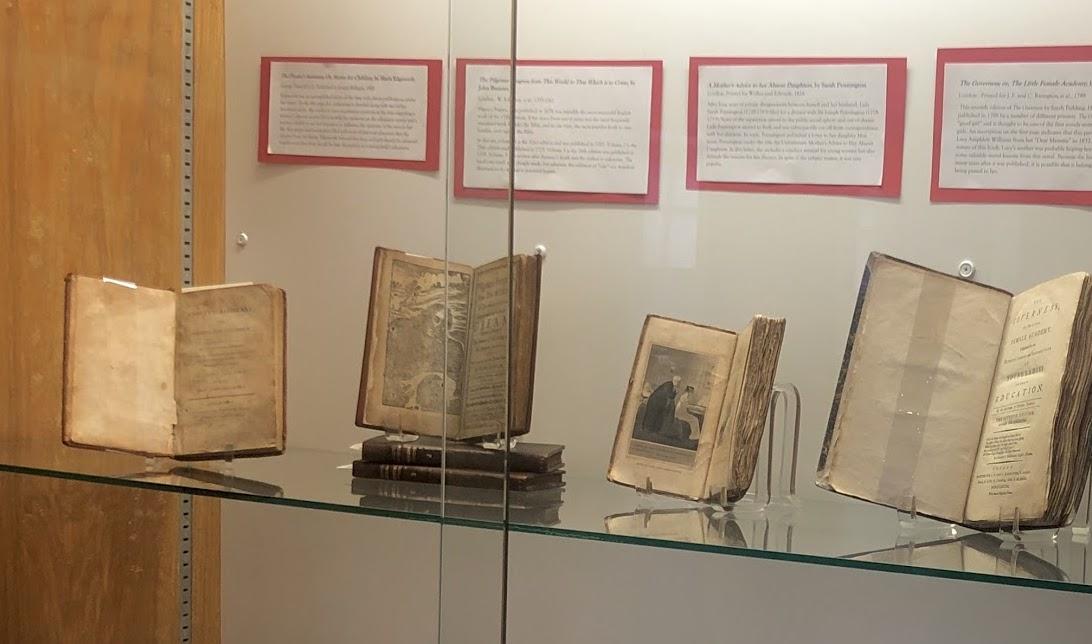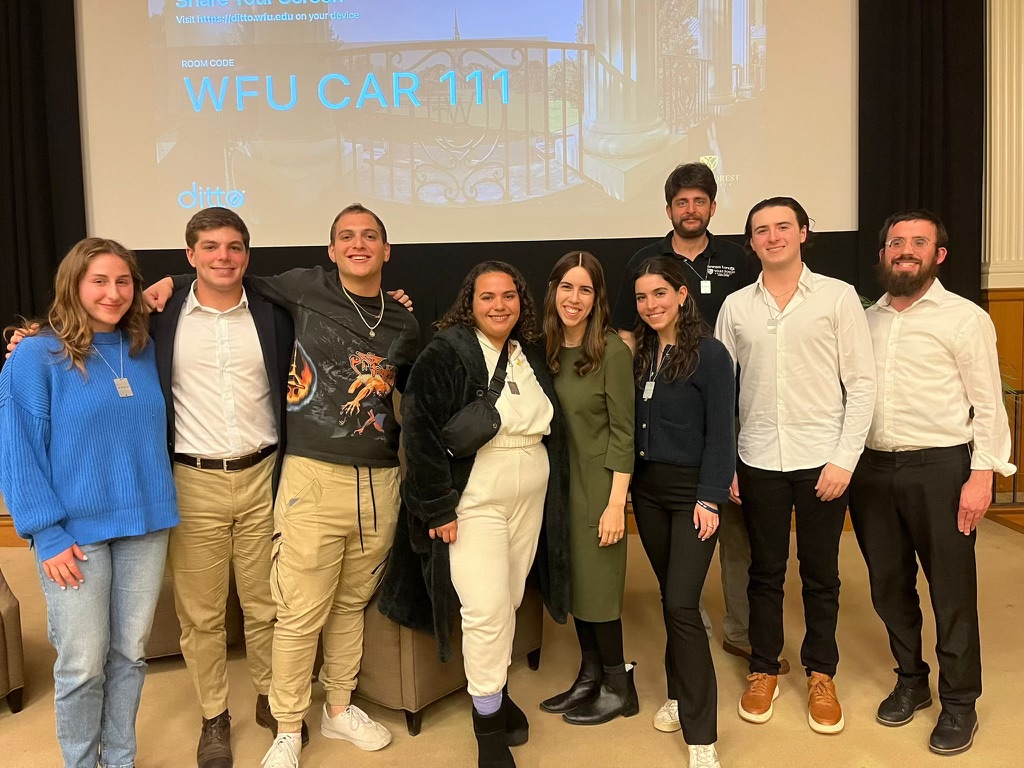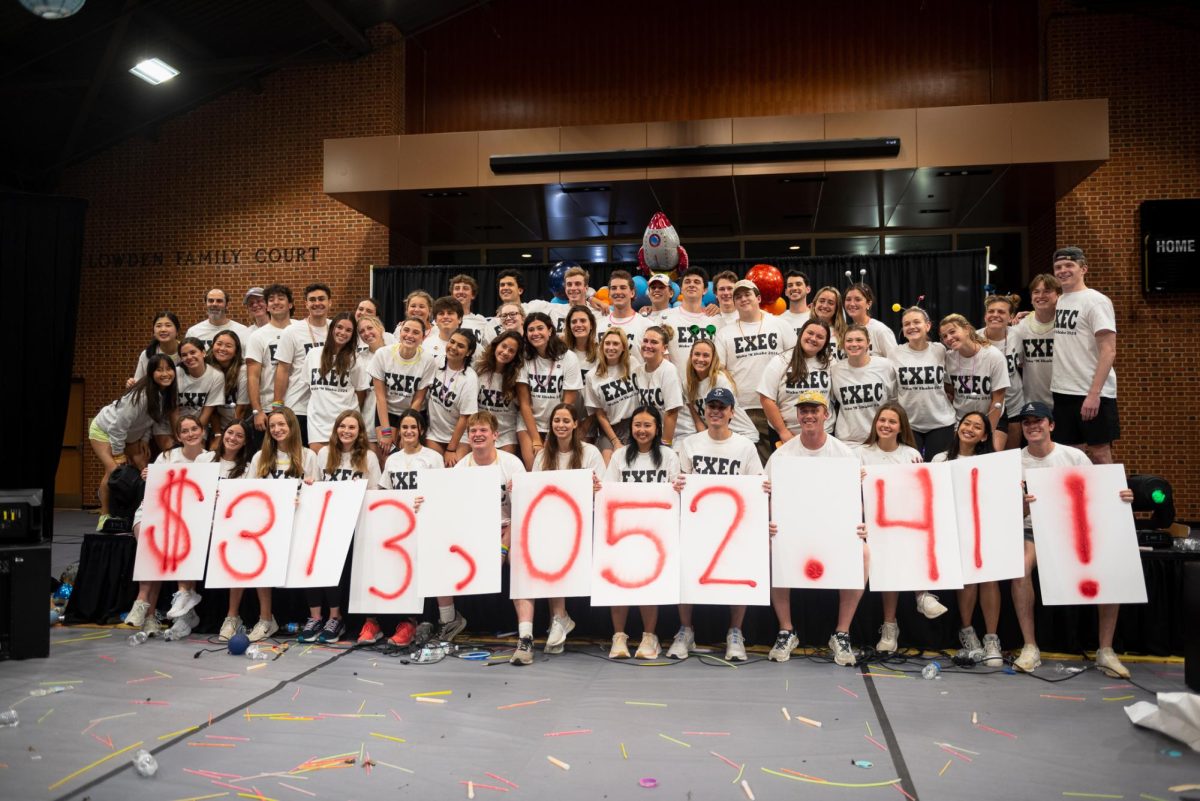An exhibit of rare, antiquarian books of 18th century British literature are currently on display in the library’s Special Collections and Archives room. Curated by Megan Mulder, the special collections librarian, the gallery and its materials were designed, selected and executed by Jessica Richard’s fall 2019 18th century British fiction class. The students chose which texts to include in the displays after researching the selected works. The exhibit, titled Books, Authors and Readers in Eighteenth Century England, is composed of materials belonging to the archives. Accompanying each book included in the displays are information sheets which provide valuable historical and personal context.
The volumes in the exhibit vary in their contents. Richard’s students sought a broad representation of books from the relevant region and time period so that the full social, personal and artistic functions of books could be examined.
To this effect, the students incorporated technical, scientific and referential books, such as Samual Johnson’s 1755 volume, A Dictionary of the English Language, in which the Words are Deduced from their Originals, and Illustrated in their Different Signficiations by Examples from the Best Writers. This book’s associated information sheet informs the viewer that this particular volume, which outlines a history of the English language, was initially owned by a woman named Ann Burnes. The book’s size, according to information from the exhibit, suggests that it was owned by a relatively wealthy person and was likely displayed on a pedestal.
Visitors of the exhibit who are familiar with the works of Jane Austen will be pleased to find fascinating specimens of her writing. The exhibit showcases an 1818 copy of Northanger Abbey and Persuasion, which were published together in four volumes following Austen’s death in 1817. Interestingly, the insert included in this edition, penned by her brother Henry, is the first known biography of Austen to be published. The exhibit also displays a first edition print of Jane Austen’s foundational novel Emma, which was published in 1816.
Mulder, who has curated rare books at the university for over a decade, explained that she relishes the opportunity to expose student curators to the university’s archive of rare texts.
“They look at the collection with fresh eyes, often finding out interesting things about a book or making connections that I might not have thought of,” Mulder said.
Though she expressed partiality to all of the volumes which are on display, Mulder said that she is especially drawn to those that bear inscriptions or marginalia from their original owners. Knowing a particular book’s provenance can help historians and literary scholars to understand trends in literacy and style.
“Our copy of the first edition of Jane Austen’s Emma is signed by its original owner, Sarah Harriet Burney,”Mulder said. “She was the sister of [the] famous novelist Frances Burney, whose career was an inspiration for the young Austen. So the book is a tangible link between two important literary families of the long 18th century.”
In addition to the volumes compiled and researched by Richard’s class, a mini-exhibit assembled by Julie Park, a visiting curator, is also on display. This exhibit examines commonplace books, scrapbooks and “friendship books,” which are journals composed of contributions that are made by individuals from a particular group and reflect prevailing tastes and interests. These journals offer unique perspectives on friendship, identity and culture, all of which can supplement historical knowledge. For instance, the exhibit includes James Pringle Barclay’s sketch-book titled “Monstrosities,” which compiles 467 of the owner’s gruesomely humorous drawings as a testament to his powerful imagination and a weary acknowledgement of the social realities of the time.
Park’s collection, curated during her month-long tenure as a visiting scholar, was the inspiration for Richard’s students, and was thus included in the broader exhibition. The resulting fusion of technical, diarial, scientific and fictive texts gives visitors a sense of the full functional capacities of books during the eighteenth and nineteenth centuries. The exhibit explores the relationship between class and book ownership, as well as develops the notion that books both spread information and facilitate personal and communal reflection.













